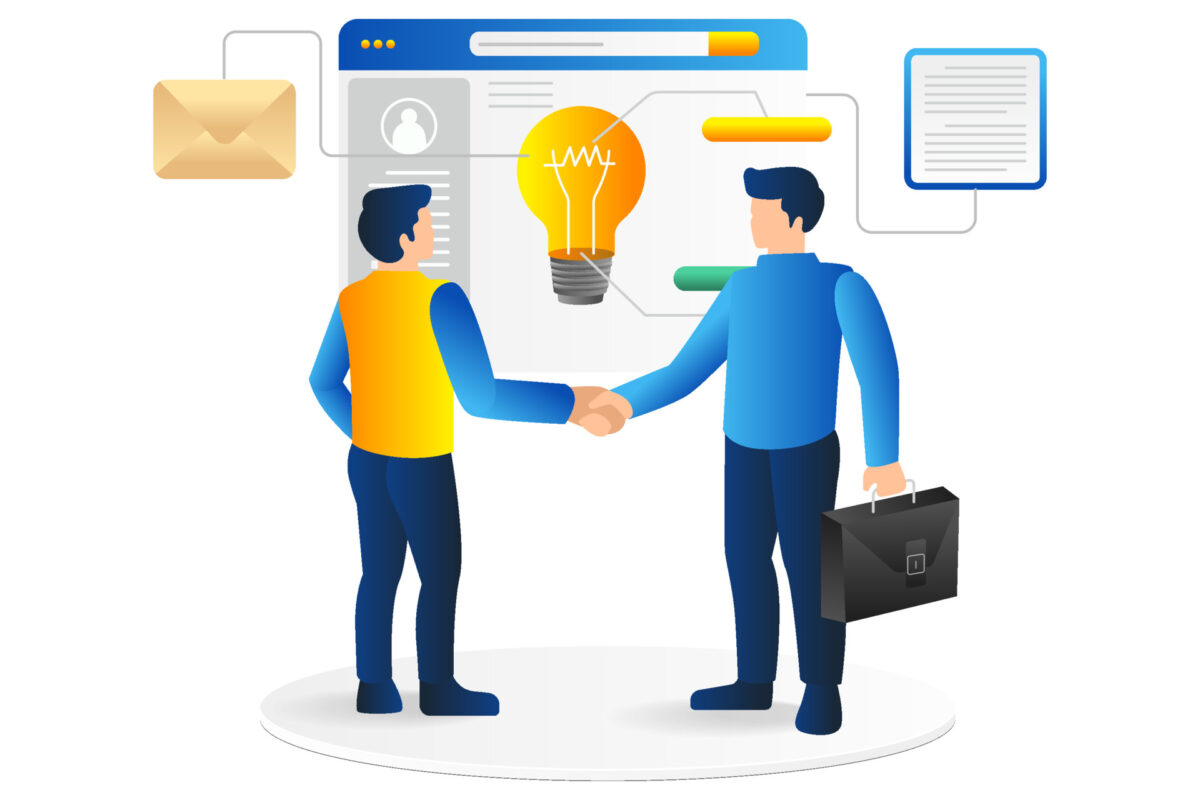Are you finding it hard to connect with your customers and create meaningful relationships? Look no further—our ultimate guide to successful Customer Relationship Management (CRM) is here to help. In today’s highly competitive business landscape, mastering customer interaction is essential for businesses of all sizes. This comprehensive guide will provide the strategies, tools, and insights you need to take your customer relationship management to the next level.
What is Customer Relationship Management (CRM)?
Customer Relationship Management (CRM) is an all-encompassing strategy for managing a company’s interactions with customers, potential customers, and partners. It is a strategic business process that involves the use of technology, data, and analytics to optimize and enhance customer engagement, satisfaction, and loyalty. At its core, CRM is about understanding and anticipating the needs of customers and using that knowledge to build lasting and mutually beneficial relationships.
CRM encompasses a wide range of activities, including customer data management, sales and marketing automation, customer service and support, and analytics and reporting. By centralizing customer information and streamlining these various touchpoints, CRM systems enable businesses to better understand their customers, personalize their interactions, and deliver a more seamless and consistent customer experience.
Effective CRM is not just about implementing the right software; it’s about fostering a customer-centric culture within an organization. It requires a shift in mindset, where the focus is on understanding and meeting the needs of customers, rather than simply pushing products or services. By adopting a CRM-driven approach, businesses can build stronger relationships with their customers, increase customer retention, and ultimately drive long-term growth and profitability.
The importance of CRM in business
Given the highly competitive and dynamic nature of today’s business environment, effective customer relationship management is paramount. With numerous choices available, customers expect tailored, seamless, and timely service. Businesses that fail to prioritize CRM risk losing their customers to competitors who are better equipped to meet their needs.
CRM is essential for businesses of all sizes and across all industries. It helps organizations to better understand their target audience, identify and capitalize on new opportunities, and build long-lasting, mutually beneficial relationships with their customers. Through CRM, businesses can delve deeper into customer data, understand their needs and pain points, and tailor products, services, and marketing initiatives accordingly.
Moreover, effective CRM can have a significant impact on a business’s bottom line. Studies have shown that companies with a robust Customer Relationship Management strategy in place can experience up to a 300% increase in sales productivity, a 25% to 95% increase in sales pipeline, and a 10% to 30% increase in revenue. By improving customer retention, increasing customer lifetime value, and driving more efficient and targeted marketing and sales efforts, CRM can deliver a substantial return on investment (ROI) for businesses of all sizes.
Benefits of implementing CRM
Implementing a well-designed CRM strategy can provide a multitude of benefits for businesses, from improved customer satisfaction and loyalty to increased operational efficiency and revenue growth. Some of the key benefits of CRM include:
- Enhanced customer experience: CRM enables businesses to deliver a more personalized, responsive, and seamless customer experience across all touchpoints, leading to increased customer satisfaction and loyalty.
- Improved customer retention: By better understanding and anticipating customer needs, CRM helps businesses reduce churn and maintain strong, long-lasting relationships with their customers.
- Increased sales and revenue: CRM provides businesses with valuable insights into customer behavior and preferences, allowing them to more effectively target and convert leads, as well as upsell and cross-sell to existing customers.
- Streamlined operations and productivity: CRM systems automate and streamline various business processes, such as lead management, customer service, and reporting, resulting in increased efficiency and productivity.
- Better data-driven decision-making: CRM platforms collect and consolidate customer data, enabling businesses to make more informed, data-driven decisions about their products, marketing strategies, and overall business operations.
- Improved collaboration and communication: CRM systems facilitate better collaboration and communication among different teams within an organization, ensuring that customer information and insights are shared and leveraged effectively.
- Enhanced marketing and lead generation: CRM helps businesses to more effectively segment their customer base, personalize their marketing efforts, and generate high-quality leads, leading to improved marketing ROI.
By leveraging these benefits, businesses can gain a significant competitive advantage, enhance their overall performance, and position themselves for long-term success in today’s dynamic and customer-centric business environment.
Key components of a successful CRM strategy
Developing and implementing a successful CRM strategy requires a comprehensive and well-thought-out approach that addresses a range of key components. A successful CRM strategy requires the following elements:
- Customer data management: Effective Customer Management System starts with the collection, organization, and management of customer data, including contact information, purchase history, communication preferences, and demographic information. This data forms the foundation upon which all Client Relationship Management efforts are built.
- Segmentation and personalization: By segmenting customers into distinct groups based on their needs, behaviors, and preferences, businesses can deliver more personalized and relevant experiences, leading to increased customer satisfaction and loyalty.
- Multichannel communication: Successful Customer Relations Strategy strategies leverage a variety of communication channels, such as email, social media, phone, and in-person interactions, to engage with customers and provide a seamless and consistent experience across all touchpoints.
- Automated workflows and processes: CRM systems should be integrated with other business systems and processes to automate various tasks, such as lead management, customer service, and reporting, improving efficiency and reducing the risk of human error.
- Employee training and adoption: Effective Client Relationship Management requires buy-in and adoption from all employees, not just the sales and marketing teams. A successful Customer Relations Strategy implementation requires comprehensive training and ongoing support to ensure that all employees understand and adopt the strategy.
- Analytics and performance measurement: Customer Relationship Management platforms should provide robust reporting and analytics capabilities, enabling businesses to track key performance indicators (KPIs), measure the effectiveness of their CRM efforts, and make data-driven decisions to optimize their strategies.
- Continuous improvement: A thriving Client Relationship Management strategy involves ongoing review, assessment, and refinement. Businesses should continuously monitor customer feedback, analyze performance data, and make adjustments to their Client Relationship Management strategies to ensure they remain relevant and effective in the face of evolving customer needs and market conditions.
By addressing these key components, businesses can develop and implement a comprehensive CRM strategy that drives customer engagement, increases loyalty, and ultimately, boosts their overall performance and profitability.
Implementing CRM: Best practices and tips
Implementing a Client Relationship Management system is a significant undertaking that requires careful planning, execution, and ongoing management. To ensure a successful CRM implementation, businesses should follow these best practices and tips:
- Establish clear goals and objectives: Define the specific business objectives and expected outcomes you want to achieve through your Customer Relationship Management implementation, such as improving customer satisfaction, increasing sales, or enhancing operational efficiency.
- Conduct a comprehensive needs assessment: Thoroughly analyze your current business processes, customer data, and technology infrastructure to identify the specific requirements and pain points that your Customer Relations Strategy solution needs to address.
- Secure buy-in and commitment from leadership: Obtain the full support and commitment of your organization’s leadership team, as their endorsement and active involvement are crucial for the successful adoption and implementation of the Customer Relationship Management system.
- Develop a detailed implementation plan: Create a comprehensive implementation plan that outlines the timeline, resources, roles and responsibilities, and the specific steps required to deploy the Customer Relations Strategy system effectively.
- Prioritize data migration and cleansing: Ensure that your customer data is accurate, up-to-date, and properly formatted before migrating it into the Client Relationship Management system. This will help to avoid data quality issues and ensure a smooth transition.
- Provide comprehensive training and support: Offer extensive training and ongoing support to all employees who will be using the CRM system, ensuring that they are comfortable with the platform and can leverage its full capabilities.
- Foster a customer-centric culture: Encourage a customer-centric mindset throughout your organization, where all employees understand the importance of Customer Relations Strategy and are committed to delivering exceptional customer experiences.
- Continuously monitor and optimize: Regularly review the performance of your Client Relationship Management system, analyze key metrics, and make adjustments to your strategies and processes as needed to ensure that your Client Management System efforts remain effective and aligned with your business objectives.
- Leverage customer feedback: Actively solicit and incorporate customer feedback to continuously improve your CRM practices and ensure that you are meeting the evolving needs and expectations of your customers.
- Partner with experienced CRM consultants: Consider working with CRM experts or consultants who can provide guidance, best practices, and hands-on support throughout the implementation and optimization process.
By following these best practices and tips, businesses can ensure a successful Client Management System implementation that drives customer engagement, enhances operational efficiency, and ultimately, delivers a tangible and measurable impact on their overall performance and profitability.
Common challenges in CRM implementation and how to overcome them
While the benefits of implementing a robust CRM strategy are well-documented, the process of successfully deploying and managing a Customer Relations Strategy system can present a number of challenges for businesses. Understanding these common challenges and developing effective strategies to overcome them is essential for ensuring the long-term success of your CRM efforts.
Some of the most common challenges in Customer Relations Strategy implementation include:
- Lack of user adoption: One of the most significant hurdles in Customer Relations Strategy implementation is achieving widespread user adoption and engagement. Employees may be resistant to change or may not see the immediate value of the Customer Relationship Management system, leading to low usage and limited effectiveness.
- Data quality and integration issues: Ensuring the accuracy, completeness, and integration of customer data across various business systems can be a significant challenge, particularly for organizations with complex technology ecosystems or legacy data management practices.




